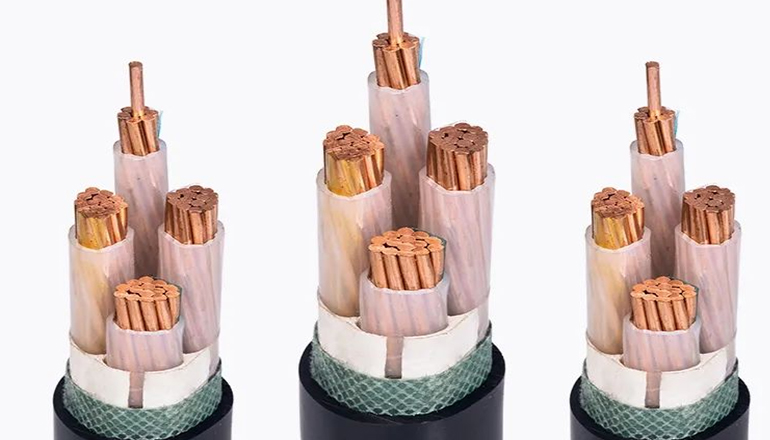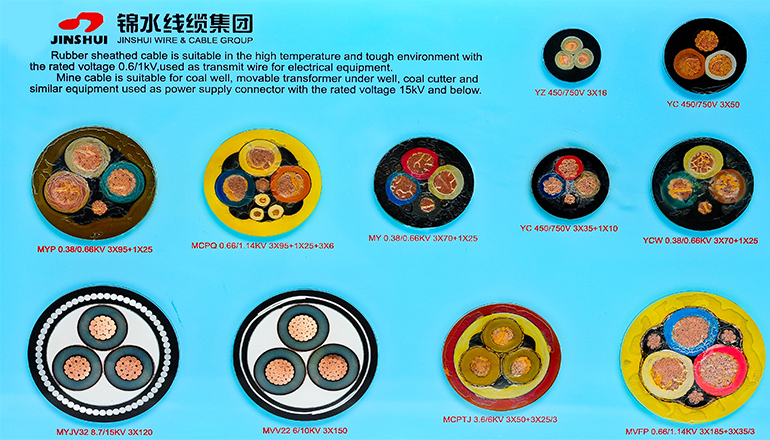- Offices Time:24 Hours Online
- Email:[email protected]
- WhatsApp:+8618339938759
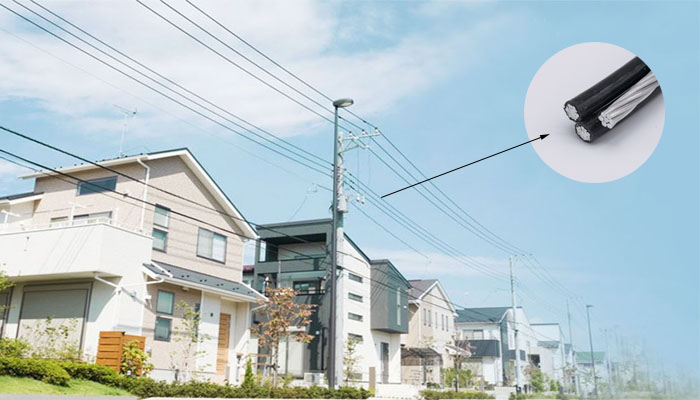
Posted on March 20, 2023
Triplex service wire
Triplex service wire is a type of electrical wire that is commonly used to deliver power from an electrical utility company to a residential or commercial building. It is called “triplex” because it consists of three insulated conductors that are twisted together and covered with a weather-resistant outer jacket.
The conductors are typically made of aluminum, although copper can also be used in some cases. The triplex service wire is designed to be suspended overhead from utility poles, and it is often used to connect the power line to the electrical meter on the side of a building.

The three conductors in triplex service wire are named as follows:
1.The “neutral” conductor is usually identified by its white insulation and is responsible for carrying the return current back to the power grid.
2.The “phase” conductor is typically identified by its black or red insulation and carries the current from the power grid to the building.
3.The “messenger” conductor is usually identified by its bare, un-insulated wire and serves to support the weight of the triplex wire between utility poles.
The triplex service wire is a common and important component of electrical power distribution systems, providing reliable and efficient power delivery to homes and businesses.
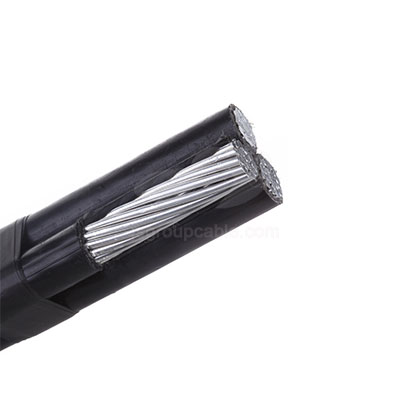
Application of triplex service wire
It has a wide range of applications in the electrical power distribution industry. Some of its common applications include:
1.Connecting homes and businesses to the electrical grid
The triplex service wire is used to connect the electrical grid to residential and commercial buildings, allowing for the distribution of electricity to these locations.
2.Providing power to remote areas
In areas where it is not practical to install underground power lines, the triplex service wire can be used to provide power to remote locations such as farms and rural communities.
3.Temporary power supply
The triplex service wire can be used as a temporary power supply during construction projects or events such as outdoor concerts and festivals.
4.Street lighting
The wire can also be used to supply power to street lighting systems, allowing for safer and more efficient roadways.
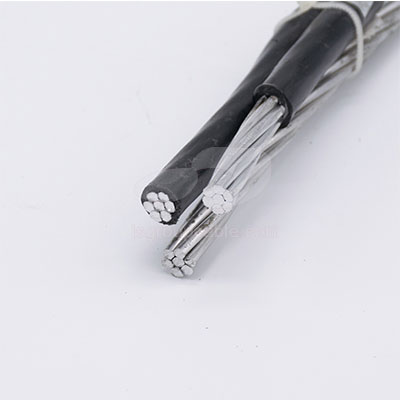
Environmental requirements for triplex service wire
Triplex service wire must meet certain environmental requirements to ensure that it is safe and effective for use in outdoor applications. Some of the key environmental requirements for triplex wire include:
1.UV resistance
Must be able to resist damage from UV radiation, which over time can cause the insulation and sheathing of the wire to degrade.
2.Weather resistance
able to withstand extreme weather conditions, including high winds, heavy rain and snow.
3.Chemical Resistance
Ability to resist damage from exposure to chemicals such as those found in soil and vegetation.
4.Temperature resistance
must be able to work in a wide temperature range, from extremely cold to extremely hot.
5.Flame retardancy
Triplex service wire must be able to resist flame and heat damage and reduce the risk of fire.
6.Moisture resistance
Must be able to resist moisture and humidity, which can cause corrosion and other types of damage.
7.Mechanical strength
able to withstand mechanical stress, such as stretching and bending, without breaking or degrading.
8.Environmental compliance
Three-core wires must comply with environmental regulations and standards, including those related to hazardous substances and waste disposal.
So, triplex service wire must be designed and manufactured to meet strict environmental requirements to ensure that it is safe and reliable for use in outdoor applications.
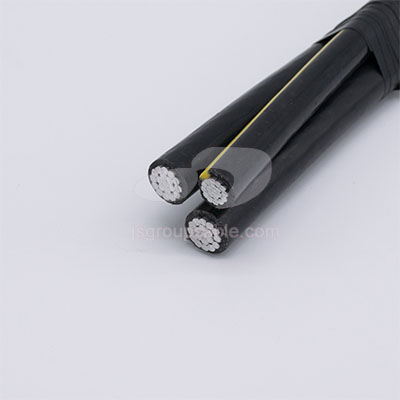
How to choose triplex service wire?
When selecting a triplex overhead service drop wire, there are several factors to consider, including:
1.Voltage
Determine the voltage requirements of the installation location to ensure that the wire is suitable for the application.
2.Conductor size
The size of the conductors will depend on the amperage requirements of the installation. Choose a wire with appropriately sized conductors to handle the required electrical load.
3.Weather resistance
Since triplex service wires are designed for outdoor use, they should be able to withstand harsh weather conditions such as high winds, ice, and rain. Choose a wire with a weather-resistant jacket and insulation material.
4.Length
Measure the distance from the power source to the point of use to determine the required length of the wire.
5.Installation requirements
Consider the installation method for the wire, as some wires may require special hardware or installation techniques.
6.Code compliance
Ensure that the selected triplex service wire meets local and national electrical code requirements for the installation location.
It is important to consult with a qualified electrician or engineer to ensure that the selected triplex service wire is appropriate for the specific application and installation requirements.
Maintaining triplex service wires involves a few steps:
Regular Inspection
Inspect the wire periodically for any signs of damage, wear, or tear. This includes checking for any frayed wires, loose or corroded connections, or any signs of physical damage to the wire itself.
Trimming Trees
Trim any nearby trees or branches that may be in contact with the wire or have the potential to fall onto the wire. This will help prevent any damage to the wire and ensure that it remains in good condition.
Weather Protection
Make sure that the wire is protected from extreme weather conditions, such as heavy rain, snow, and wind. This may involve covering the wire with insulation, using a protective coating or sheath, or even replacing the wire if necessary.
Proper Tension
Ensure that the wire is properly tensioned, as excessive tension or sag can cause damage to the wire over time. The proper tension can be achieved by adjusting the sag of the wire and ensuring that it is not too loose or too tight.
Regular Maintenance
Perform regular maintenance on the wire, such as cleaning any debris or dirt that may accumulate on the wire, tightening any loose connections, and ensuring that the wire is properly grounded.
Maintaining a t triplex service wire involves regular inspection, trimming nearby trees, protecting from weather, maintaining proper tension, and performing regular maintenance to ensure the wire remains in good condition. It is recommended that a licensed electrician perform any repairs or maintenance on the wire.
Post categories
Most Popular Posts
-
High temperature cable introduction
July 26, 2024 -
Kenya Power and Energy Exhibition 2024
June 11, 2024 -
Introduction of rubber sheathed cable
June 5, 2024 -
The 135th China Canton Fair
March 20, 2024


